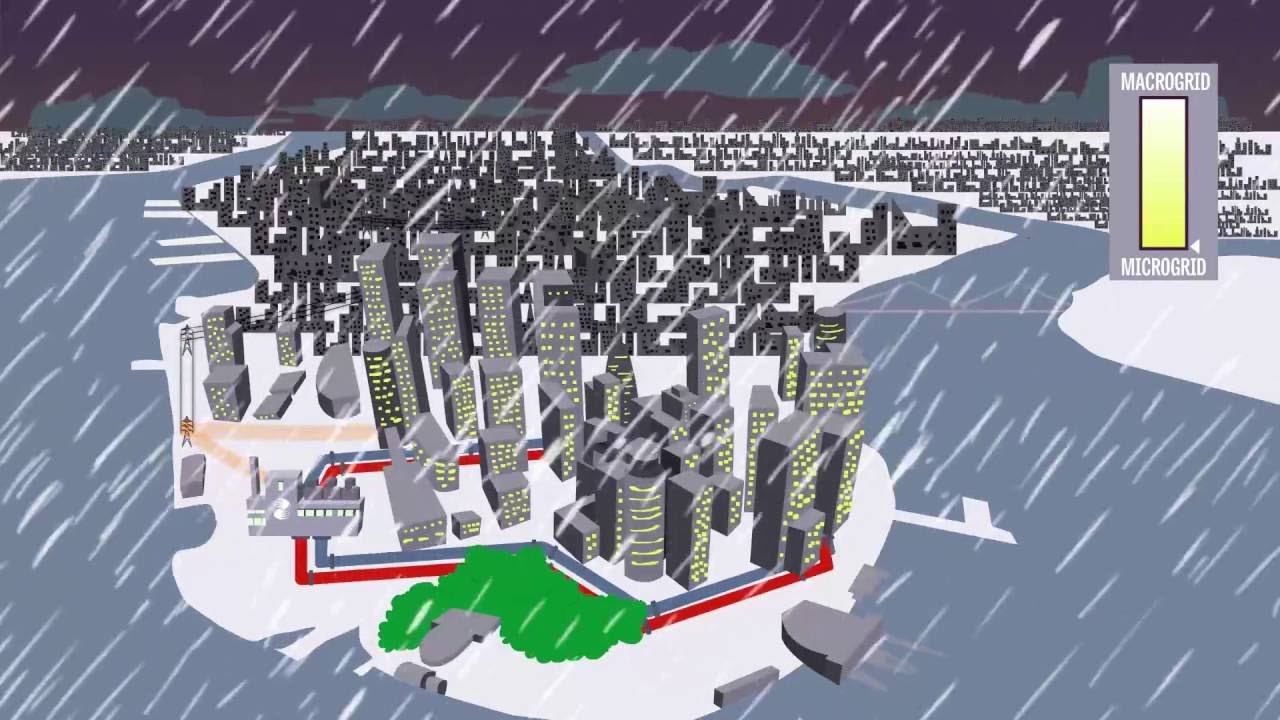Commissioned in October 2020, the LES Community Microgrid normally functions as a part of the bulk electric system. Should the need arise, however (e.g., a large or persistent outage occurs in the Lincoln area), the microgrid has the ability to power a portion of the downtown Lincoln area as an island, isolated from the greater electrical grid.
The LES Community Microgrid can serve critical city, county, state and even federal facilities, as well as valuable support infrastructure, providing a powered area to work from while those agencies are focused on rendering aid and restoring normalcy to the community.



